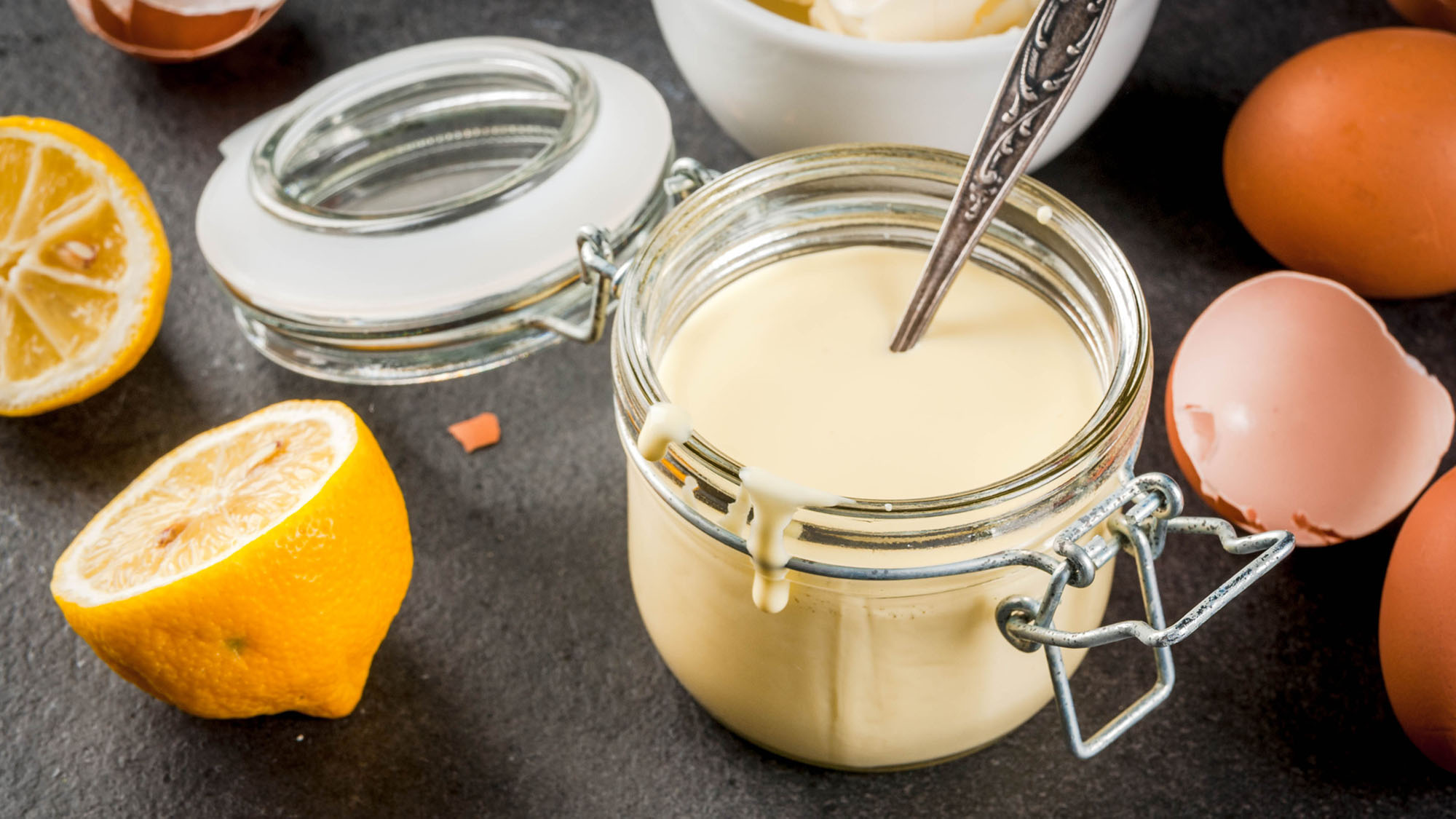It’s safe to say that North Carolinians — and Americans in general — are crazy about our condiments. Whether you dunk, dip, dollop or drench, a perfectly paired condiment just makes food better.
Ketchup and fries, hot sauce and wings, sour cream and baked potatoes. And now we humbly submit to the pantheon of condiments: hollandaise sauce. Indulge in a little haute cuisine at home with this rich, buttery sauce that can be made in a blender.
An essential ingredient in eggs Benedict, hollandaise sauce is a creamy, versatile accompaniment that goes well over pan-seared asparagus or other vegetables, as well as with grilled meats like chicken or fish.
We’re excited to share a heavenly hollandaise sauce from our friends at the North Carolina Egg Association, who put a Southern spin (translation: turn up the heat) on a timeless staple of French cuisine. Watch as Lisa Prince shows how to whip up your own homemade hollandaise sauce in this edition of Homegrown In the Kitchen. And find more quick and simple egg recipes and nutrition info from the N.C. Egg Association.
Food Safety First
- Consuming raw or undercooked eggs increases the risk of foodborne illness. Make sure you use pasteurized eggs (labeled on carton), if following the steps in the video.
- When using unpasteurized eggs for any dish, make sure you always heat the mix to 160 degrees Fahrenheit, while stirring, to kill harmful bacteria that may be present.
- Eat or refrigerate eggs and foods containing eggs promptly after cooking!
- Find more information on eggs and foodborne illness from the Centers for Disease Control and Prevention (CDC).
North Carolina cracks the top 10 for egg production among U.S. states, with over 4 billion eggs in 2020
Recipe
Hollandaise Sauce
Yield: 4 servings Time: 20 min
Ingredients
- ½ cup unsalted butter
- 3 pasteurized egg yolks
- 1 tablespoon lemon juice
- 1 teaspoon Dijon mustard (optional)
- ¼ teaspoon salt
- Cayenne pepper (optional)
Instructions
- Melt the butter in a microwave (cover the dish or it will splatter), or on the stovetop, for about 1 minute until it is hot. The butter must be hot, not just melted, to emulsify.
- In a blender, add the yolks, lemon juice, Dijon, salt and a pinch of cayenne pepper. Blend for 5 seconds until combined.
- With the blender running on medium-high, slowly stream the hot butter into the mixture until it is emulsified.
- Pour the hollandaise sauce into a small bowl and serve warm.
Watch a step-by-step video: go.ncsu.edu/Homegrown-Hollandaise-Sauce.
Tips
- Consuming raw or undercooked eggs increases the risk of foodborne illness. When using unpasteurized eggs, heat the mixture to 160°F, while stirring, to kill harmful bacteria that may be present.
- To make more sauce, add another yolk and up to another ½ cup of melted butter.
- Serve hollandaise with salmon, asparagus or eggs Benedict.
- You can also use an immersion blender to make this recipe.
(Recipe from the North Carolina Egg Association)
Special thanks to the Prestage Department of Poultry Science at NC State University and the Got To Be NC program from the N.C. Department of Agriculture and Consumer Services, who partner with the N.C. Egg Association to promote and grow our state’s egg industry!
- Categories:



